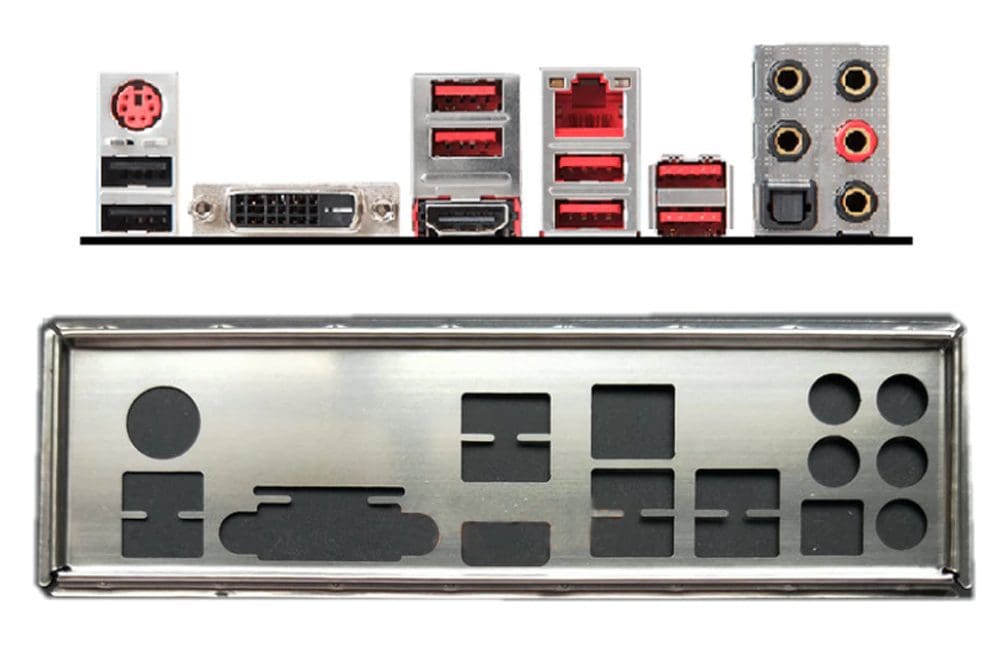your system case is an often-overlooked component in a PC build.
A good choice can offer excellent airflow, flexible cooling options, plenty of space, and decent connectivity.
A weak choice may starve your components of cool fresh air.

And may limit your options in layout, hardware, and connectivity.
While having good front panel connectivity is important, its not necessarily the be-all and end-all.
Thats because all computers have extra connectivity that your choice of a case isnt limited.
Here youll often find a broad range of connectivity.
The same connectivity options you have will depend on your choice of motherboard.
All new motherboards, however, will come with one specific custom piece of hardware, the I/O plate.
The I/O plate serves two primary purposes.
Firstly, it helps seal the left gap for the rear I/O.
Its secondary function is basically aesthetic.
A large gap at the back of your box doesnt look great.
Covering it up helps it look neater.
Note:I/O is short for Input/Output and refers to connectivity hardware.
On standard motherboard layouts, they are always located on the top of the left edge of the motherboard.
In many cases, the I/O plate is a thin-cut metal sheet.
Some motherboards, however, may instead offer silver plastic I/O plates.
Sometimes, the I/O plate may also have a thin foam layer.
This provides some simple vibrational dampening.
Some motherboard manufacturers will print small labels next to some or all ports.
These will often indicate which USB ports are high-speed or designed for BIOS flashing, for example.
All new motherboards should come with a matching I/O plate from the manufacturer.
However, if you buy a motherboard second-hand, you may find the I/O plate missing.
You may also be able to request one from the motherboard manufacturer.
Or potentially even the second-hand seller of the motherboard.
If you cant find a compatible I/O plate, you may want to look into configurable ones.
This solution isnt perfect but would help prevent some dust from getting into your case.
The correct time to fit the I/O plate is at the start of your PC build.
It needs to be between your case and motherboard.
This generally means mounting it there before you screw the motherboard into the case.
Your motherboard user/installation guide should have the exact instructions for your model.
Realistically, however, youll probably need to unmount the motherboard to be able to insert the I/O plate.
Its designed primarily to prevent dust from getting into the case via the rear I/O cut-out.
Every motherboard should come with one.